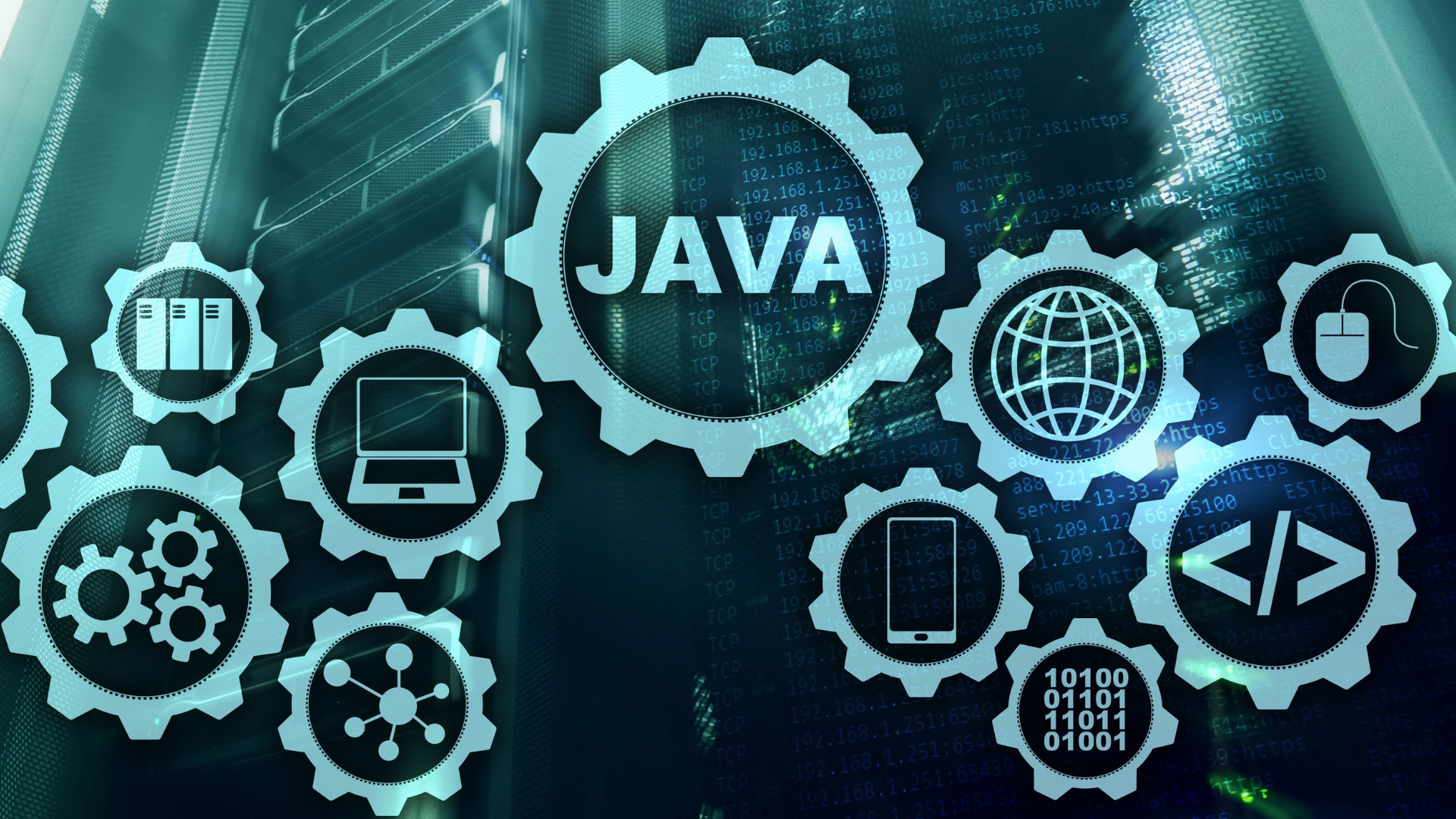The rise of Artificial Intelligence (AI) and Machine Learning (ML) has brought us closer to a world where machines are in charge of their own decisions. Sounds spooky right? It's actually the opposite! In fact, there is still much work to be done in this field which is why it's currently on the rise. You might never have guessed it but the global machine learning market is projected to grow from $15.50 billion in 2021 to $152.24 billion in 2028. Wow.
This rapid rise of AI and ML has triggered a growing need for software libraries and frameworks. Python is one of the most popular programming languages worldwide, with an ever-increasing number of libraries and frameworks to facilitate AI and ML development. You already know we've got you covered with this so here are some of the best Python libraries and machine learning frameworks that you might find helpful in your machine learning journey.
1. NumPy-Numerical Python
Released in 2005, NumPy is an open-source Python package for numerical computing. It provides the following features:
- Powerful n-dimensional arrays to allow indexing, vectorization, and broadcasting operations
- Mathematical functions, Fourier transforms, random number generators, and linear algebra methods
- Operable on various computing platforms, including GPU and distributed computing
- Easy to use high-level syntax with optimized Python code to allow speed and flexibility
In the Machine Learning ecosystem, NumPy serves as a foundation for advanced ML libraries and frameworks like Scikit-learn, Tensorflow, PyTorch, MXNet, and more. Not only that but NumPy facilitates the numerical processes of numerous libraries related to things such as data visualisation, data science, quantum computing, image processing, geographic processing, signal processing, bioinformatics, and more.
And psst...you can familiarise yourself with NumPy programming with this NumPy cheat sheet.
2. Pandas-Python Data Analysis
Open-sourced in 2009, Pandas holds a significant place in the heart of every ML enthusiast as it provides some very robust methods for data manipulation and data analysis. We know, we know - you want to know what the key features of Pandas are. Well take a look:
- Powerful DataFrame object for extensive data manipulation support
- Handling missing data
- Indexing, reshaping, slicing, subsetting, merging and joining of large datasets
- Time series data handling
- Optimised code for Python using C and Cython
Other than its wide application in academia, Pandas supports various commercial domains, including web and business analytics, statistics, economics, finance, neuroscience, advertising, and more. It also serves as a foundational library for advanced Python libraries.
Quickly familiarise yourself with various data analysis methods of this library using this Pandas cheat sheet.
3. Matplotlib
Matplotlib is as old as the dinosaurs, but it's not extinct or obsolete when it comes to data visualisation. In fact, it's one of the most advanced data visualisation libraries for Python, and the ML community loves it. Here are some of the great features of the Matplotlib library:
- Provides a comprehensive list of plots suitable for any use case
- The interactive plots and charts allow compelling data storytelling
- Plots and charts are highly customisable and exportable to different file formats
- Provides embeddable visualisations with various GUI applications
- A wide array of Python libraries and frameworks extend Matplotlib.
Matplotlib is another one of the gems offered by the open-source ecosystem. Here is a link to the Matplotlib cheat sheets to serve as a quick start guide.
4. OpenCV
Released in 2000, OpenCV is an open-source commercial-scale computer vision and machine learning library-not your standard image editing tool. It has more than 2500 highly optimised algorithms for machine learning and computer vision that can do just about anything with images (and videos). Some of the significant OpenCV features include:
- Detecting objects and recognising faces in pictures and videos
- Tracking camera movements and moving objects
- Advanced application for 3D objects
- Cross-platform and with support for GPUs
- Optimised for commercial real-world and real-time CV and ML applications
If you want to familiarise yourself with OpenCV programming basics quickly, explore this OpenCV cheat sheet.
5. Scikit-learn
Every data scientist and ML enthusiast has used scikit-learn at some point in their AI journey. It is a comprehensive machine learning framework. Sometimes people tend to overlook it due to the availability of more advanced Python libraries and frameworks. Still, it is a powerful library and does an excellent job solving some complex Machine Learning tasks. Here are a few important features scikit-learn includes:
- Simple tool for accurate predictive data analysis
- Helps in solving complex ML problems like preprocessing, classification, regression, clustering, dimensionality reduction, and model selection
- Numerous built-in machine learning algorithms
- Building a basic to advanced level ML model
- Built on top of familiar libraries like NumPy, SciPy, and Matplotlib
Scikit-learn provides commercial-scale ML solutions (and, of course, it's open-source as well). For a quick overview, have a look at this scikit-learn cheat sheet.
6. Keras
Released in 2015, Keras is an advanced open-source Python deep learning API and framework built on top of Tensorflow-another powerful ML platform. Although similar to Tensorflow in many aspects, it is designed with a human-centric approach to make ML and DL easy and accessible for everyone. Key elements of Keras include:
- Everything that TensorFlow offers but simpler and easier to understand
- Running different DL iterations quickly with full deployment capabilities
- Support for large GPU clusters and TPUs, enabling industrial-scale Python machine learning
From computer vision to natural language processing, and generative deep learning to reinforcement learning, Keras offers wide-ranging applications for structured, audio, graph, and timeseries data. Here’s a brief Keras cheat sheet to get you up to speed.
7. TensorFlow
Developed by Google and open-sourced later, TensorFlow powers some of the biggest state-of-the-art AI models worldwide. It's an end-to-end Machine Learning and Deep Learning library to solve real-world challenges. Some key features included in TensorFlow are listed below:
- Complete control over building a robust neural network and machine learning model
- Deploy models on web, cloud, mobile, or edge devices using TensorFlow.js, TensorFlow Lite, and TFX
- Supports numerous libraries and extensions for solving complex problems
- Supports various tools for integrating Responsible AI into ML solutions
TensorFlow Deep Learning framework is used by some of the top companies worldwide. For example, Paypal applies TensorFlow to develop deep transfer learning and generative modelling methods to recognise complex fraud patterns. Spotify uses TFX to improve user recommendations. And, Airbnb uses TensorFlow to detect objects and classify images to enhance the guest experience. Hmm, the more you know!
8. PyTorch
In 2016, PyTorch was released by Facebook as a direct competitor of TensorFlow, gaining massive popularity among ML and DL researchers. Today, both PyTorch and TensorFlow are ruling the ML development and deployment ecosystem. Key capabilities of PyTorch include:
- Full support for building customised deep neural networks
- Production-ready with TorchServe
- Supports distributed computing with the torch.distributed backend
- Supports a wide array of tools and extensions to solve complex problems
- Supported on all major cloud platforms for scalable deployment
PyTorch is also available on Github as an open-source Python framework and, of course, comes with an official cheat sheet.
9. NLTK-Natural Language Toolkit
Natural Language Processing (NLP) has recently seen rapid growth with the release of massive language models like BERT and GPT-3, making waves worldwide. One of the fundamental Python libraries for performing NLP tasks is NLTK. Developers interested in NLP should gain hands-on experience with this Python library. Some key features include:
- Supports more than 50 language datasets and trained language models
- Offers text classification, stemming, tokenisation, tagging, parsing, and much more
- Serves as a wrapper for industrial-scale NLP libraries
- It is a free and open-source project that allows development on any platform like Windows, Linux, and Mac OS X
10. SpaCy
And last, but certainly not lesay we have SpaCY. Meant for solving advanced NLP problems, SpaCy is an industrial-scale open-source Python library for NLP. SpaCy is written in Cython with memory management optimisation to ensure state-of-the-art speed. Some key aspects of this Python library include:
- 60+ trained NLP pipelines supporting 19 languages
- Pre-trained word embeddings
- Production-ready pipelines
- Supports custom models that written in TensorFlow and PyTorch
- SpaCy Universe offers a wide variety of Python packages, plugins, and extensions for NLP
SpaCy API supports many NLP tasks like lemmatisation, entity recognition, tagging, sentence recognition, tokenisation, and more.
Open-source Python libraries and frameworks have greatly democratised AI research and development. Every day AI practitioners are coming up with bigger and better models for solving real-world problems. AI is not just a buzzword anymore, it has penetrated our lives much more than we can imagine, and Python programming lies at its core.
Python programming language has significantly matured over the last two decades and we can't wait to see where it goes next. Learning these Python libraries and frameworks will definitely benefit all current and future Python Developers and Data Scientists.
Like what you've read or want more like this? Let us know! Email us here or DM us: Twitter, LinkedIn, Facebook, we'd love to hear from you.

.png)
